
Mitigate risk by building resilient processes
Mitigate supply chain risk and establish profitability and continuity during times of disruption with e2open’s vast multi-enterprise network and unified applications bringing you the real-time data you need.
You can’t predict every disruptive event—but you can handle the unexpected with agility and resilience. Build and execute robust supply, demand, product, and information management strategies to anticipate disruptions, mitigate them, and recover quickly.
Increased supply chain risk due to more frequent disruptions
Major events such as the Russo-Ukrainian War, the continued struggle against Covid-19, and the blockage of the Suez Canal have exposed how interconnected modern supply chains have become. Disruptions have also exposed supply and logistics bottlenecks and the tendency to rely too much on a limited number of providers.
Visibility into your first tier of supply is no longer sufficient, because many risk events affect lower tiers. These events cause repercussions that multiply as they ripple up and down the supply chain, affecting all participants—from raw material suppliers all the way to the end customer.


Multi-enterprise challenge that requires a multi-enterprise solution
To act quickly in response to supply chain disruptions, you need direct connections to your partners at every tier of supply, manufacturing, transportation, and distribution. Only after gathering partner data and cleansing it to make it decision-grade can you use it strategically to mitigate risk. This takes a supply chain operating platform that enables real-time decision-making for the day-to-day activities of making, moving, and selling goods. e2open is ready with the connectivity, data cleansing capabilities, platform, interface, and proven solutions that help you build resilient and robust processes to protect your company from the impact of disruptive events.
Four critical elements are essential for establishing supply chain resilience:
Visibility: Networked connections to organizations from every ecosystem—such as channel, distribution, manufacturing, supply, logistics, and trade compliance—providing real-time status updates for orders, shipments, demand, and more
Impact assessment: A harmonized user interface fueled by real-time execution and planning data to measure a disruption’s impact on plans, orders, fulfilment, and customer agreements
Strong relationships: A cloud-based network that empowers you to collaborate with all parties across all tiers and ecosystems and focus on the larger picture of opportunities and risks so you and your partners can tackle them together
Quick decision-making: Access to specialized functional capabilities with proven, embedded artificial intelligence (AI) to model the impact of events and offer alternative solutions and options for responding to disruptions
Building resilience in partnership with e2open
Profitability and continuity can be difficult to achieve even without a disruption. Tap into the capabilities in e2open’s five solution suites for more effective planning and execution.
Channel Management
E2open’s Channel application suite empowers you to build resilient channel processes by optimizing demand forecasting and planning, reducing revenue recognition risk, lowering logistics spend, and minimizing incentives overspend. Additionally, you can lower the cost of servicing warranties and recalls, improve channel marketing ROI, select and onboard the best partners quickly, and monitor and improve partner performance and collaboration.
Demand Management
The AI in e2open Demand Sensing, part of the e2open Planning application suite, is purpose-built to use masses of real-time data to sense disruptions of any size, create a short-term forecast that reflects current realities on the ground, and automatically act on that forecast without human review. The data comes from internal and external systems, including channel ecosystems such as retailer point-of-sale information, store inventory and warehouse withdrawals, and causal data like weather. The system can even draw from unstructured data such as social media, creating a broad view of external dynamics that impact demand.
Global Trade Management
E2open’s Global Trade suite enables you to reduce compliance risk and build resilient global supply chains by streamlining cross-border movements, optimizing the use of trade agreements, improving collaboration with suppliers, brokers, and logistics providers, and screening third-parties against restricted lists. Applications in this suite help you avoid fines, penalties, and fees for non-compliance, maintain your brand’s reputation, and comply with ever-changing trade regulations.
Logistics Management
The e2open Logistics application suite not only helps you plan and manage your logistics spend efficiently and effectively, but it also supports resilient logistics operations by giving you the ability to collaborate with suppliers, brokers, and logistics providers in real-time, meet customer service levels and delivery dates more consistently, and respond to changing conditions in demand or supply. You can also leverage e2open’s TMS to track your carbon footprint for shipments across all modes, legs, and regions.
Supply Management
E2open’s Supply application suite helps you build resilient supply management processes, an effort that has been proven to be an effective risk mitigation strategy. Applications in the suite empower you to predict and manage inventory shortages, communicate changes in demand to suppliers, ensure supply reliability, meet customer service-level agreements, and align supply and demand. Users can resolve quality, shipment, and payment issues quickly and collaboratively while at the same time enhancing delivery performance and reducing shipping expedite costs.
Resources
Optimize Channel Sales: Leverage Channel Data Management
Improving channel strategies for better performance 3M’s technology isn’t always visible, but its impact on day-to-day life is undeniable. The company’s 96,000 employees are dedicated to science and exploration — driving to understand customer needs and, creating products that make products lighter, more durable, and striving to solve the world’s current challenges — while also preparing for the future.
Sales Order Collaboration
As a brand owner conducting business-to-business selling, you routinely face complex processes involving retailers, distributors, resellers and direct sales that can result in customer service challenges. E2open’s Sales Order Collaboration application provides end-to-end real-time visibility and management capabilities across sales orders, shipments, receipts and invoices in the channel ecosystem. Through seamless collaboration with end customers and channel partners, you can quickly address any changes and help ensure that the right product—whether make-to-stock or make-to-order—gets delivered at the right time.
Launch Communication Plan: A Guide and Template for a Successful Channel Marketing Launch
You’re launching a new program or platform to increase partner engagement. You can’t wait to get your partners using it, but how do you get the word out? The way you communicate what you’re offering your partners is just as important as what you’re offering them. Learn how to make each new initiative successful with a communication plan that educates your partners on the value they receive, builds excitement and gets them to engage after the launch. E2open’s Launch Communication Plan ebook helps you take all the right steps: Planning effective communication for your launch Educating and motivating your audiences so they’ll know what your program or platform can do for them Communicating shortly before launch and the day of launch Keeping the momentum going after the launch to increase adoption and drive partner success
Better Insights for Better Retail
Your product performance within its category and your relationships with retailers depend on timely, accurate demand signals. e2open Demand Signal Management application makes getting and interpreting these signals an easy task. Review this infographic to capture at a glance the scale, scope, capabilities and benefits you can expect from this application.
The Art of the Possible: Optimizing Demand Planning with Partner Insights
Immerse yourself in the finale of “The Art of the Possible” series, where we embark on a journey to unveil the art and power of your channel data. Join us in reimagining demand planning, where decision-grade partner data inspires agile responses and innovation. From understanding the intricate brushstrokes of sales velocity to capturing the vivid colors of early demand signals, join our experts as they showcase the key strategies and demand signals brands use to enhance their planning with partner insights.
Transform Your Channel Management with e2open’s Managed Services
Managing diverse channel partners with unique needs can feel like a high-stakes juggling act. Your success depends on personalized engagement and seamless support — but it’s a challenge to deliver this consistently across your entire ecosystem. E2open’s Channel Managed Services takes this burden off your shoulders, providing expert support that complements your channel strategy and empowers your partnerships.
Signal to Shelf Mastery: A CPG Guide to Ensuring On-Shelf Availability Through Precision Forecasting
Channel Application Suite
Unlock the potential of all your channels with a complete 360-degree view of retail, distribution and online at your fingertips — right down to the consumer. Imagine having the latest decision-grade data for every partner on a single platform to manage incentive programs and retail execution, assess and optimize partner performance, and measure the total return on channel investments. It’s time to step up performance and get even more financial and competitive advantage from your channels.
VMware plans for growth even in a shifting partner channel landscape
Hear from Sarah Masessa, Global Partner Platform and Communications Manager at VMware by Broadcom, on how VMware has revolutionized its partner channel strategy to adapt to an evolving channel landscape and offered easy-to-use and streamlined resources on a centralized platform, for its channel partners to succeed globally.
Joint planning with partners
Listen to Rahul Roddam, Director of Product Managment at e2open, discuss collaborative channel planning. Joint planning with partners builds commitment to outcomes, helps understand what it takes to deliver, and drives more effective resource utilization. Rahul Roddam Director, Product Management, e2open
A New Approach to Channel Management
Major global trends impact the performance and the way enterprises operate. A business’ channels to market (whether retail or indirect distribution) are not exempt. This whitepaper explores the implications of these megatrends on business in general and their particular effect on operating a channel. More importantly, the paper then investigates and recommends ways in which technology can help respond and adapt.
Customers
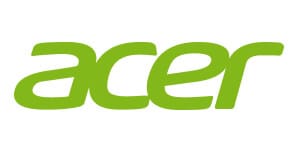

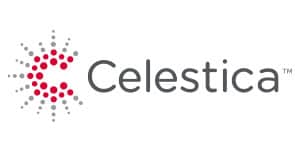

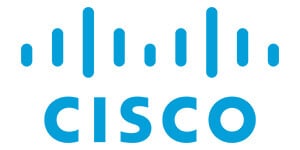


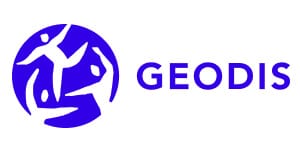


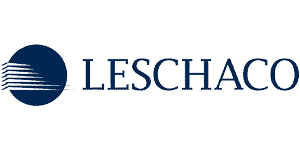






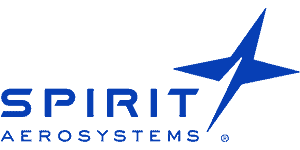

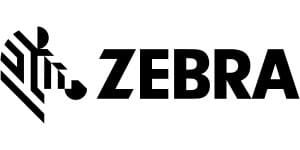



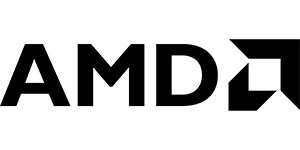



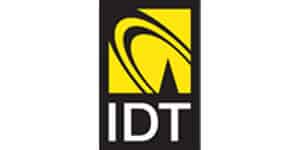





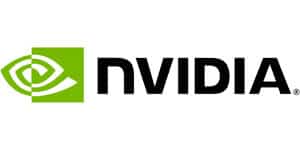



Testimonials
Air France® Industries KLM Engineering & Maintenance
Renault Group

VMware by Broadcom



Leschaco


Michelin
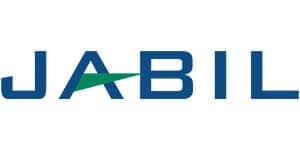
Jabil